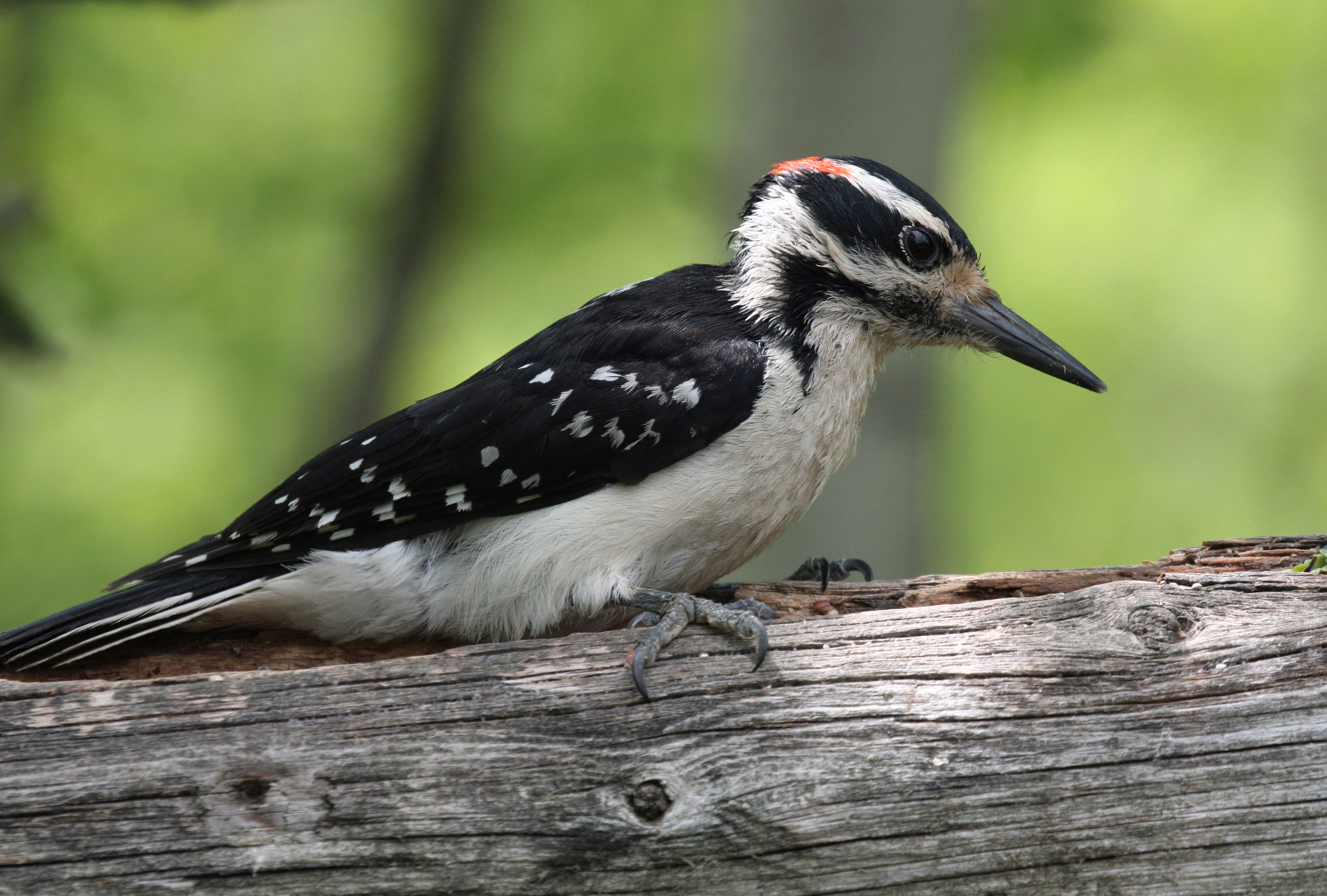I had a day off this last Tuesday so I took the opportunity to go biking and birding in Fish Creek Provincial Park. It was a beautiful morning; the sun was out, the sky was blue, the birds were singing and the weather was warm; finally! I got to Fish Creek at around 8:30 a.m. entering the park just off the intersection of Canyon Meadows drive and Acadia . I was preparing to go down the steep hill into the park only to find that the trail was flooded! Instead I followed the trail around the ridge until I entered the park beside the ranch.I did some random wandering on small paths through Fish Creek, finding a pheasant, a kingfisher, several catbirds and 3 Yellow-bellied Sapsuckers, among other birds. I then carried on to bridge number 11, leading to Hull’s Wood. Rounding a bend in the path I was surprised to see a male Pileated Woodpecker, just meters from the path. Before I could get my camera out of my bag, he had flown further away; apparently he was surprised to see me!

I reached Sikome Lake and rode my bike up the hill, in hopes of finding some Great Horned Owls and their owlets; I was not disappointed! There in their regular tree, was the Great Horned Owl family, two young ones and one adult.



As I continued my circuit, I found some more interesting birds, including some Green-winged Teal.

And the Pelicans! The water is so high in the river that pelicans are everywhere; I was able to count up to 27 pelicans at one time, half in the water, half circling in the sky, their bright white feathers contrasting magnificently with the clear blue sky. Another post on the pelicans will follow this one. However, this day, was truly the day of families. At one secluded spot near the river, I found 4 different nests all within a couple of feet of each other. The first belonged to a Downy Woodpecker, the second to a House Wren and the last two to Tree Swallows.

At the Downy Woodpecker nest, the male would visit the hole every couple of minutes and would be instantly greeted with the call of the hungry young in the inside. He continued his work incessantly, feeding his ever hungry offspring.

The House Wrens hardly ever came in and out of their nest but the male was always nearby, singing very loudly and stopping only for the occasional break.


The Tree Swallows would vigorously defend their nests from potential threats, such as the kestrel that flew over several times. The Kestrel in turn would chase away a Swainson’s Hawk that could have been a potential threat to the Kestrel’s family.

As I was leaving the park in late morning I came across a coyote sitting on a hill, looking very content as well as many Savannah Sparrows singing.


Family time for the birds is a busy time of year; I saw 52 species of birds that morning and I had luck as I got to see some of them raising their families.
Posted by Matthew Sim







































